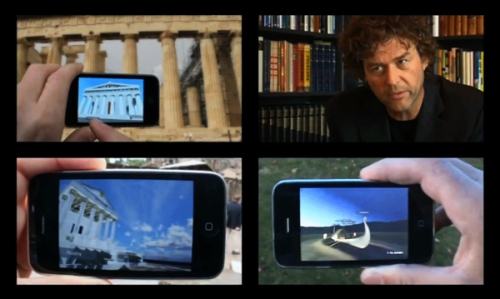
We’ve read lots of interpretations of Jesus’ triumphant entry into the City. We’ve read for instance that it was modeled on Roman imperial triumphs. At first glance this would seem like a false notion because Jesus clearly does not enter the city on a chariot, although all other properties do fit the picture, for example the palm branches, the spread garments, the decorated mount, the procession, the triumphant cry, the praising of both the triumphator and the highest god, as well as the entry into the city and into the temple. But it’s a fact that in two of the gospels Jesus enters the city on a young and unbacked horse, a foal, a πωλοc, “whereon never man sat”. That’s right, not on a donkey. Mark and Luke are quite clear about that. Matthew had added his usual midrash and needed to align his Gospel with the LXX, and—so it would seem—he was forced to introduce a second equid for the Old Testament prophecy to make any sense, a donkey, but couldn’t lose the original foal, which results in Jesus riding into the City on two equids at the same time, a foal and a donkey: πωλοc and ονοc. (John revised it further, merged both properties and only speaks of a young donkey, an “ass colt”.) But is that really what the evangelists did? And where’s the connection to Julius Caesar, if the Gospel is really a diegetic transposition of the historical sources on Caesar’s Civil War?
Read the rest of this entry »




